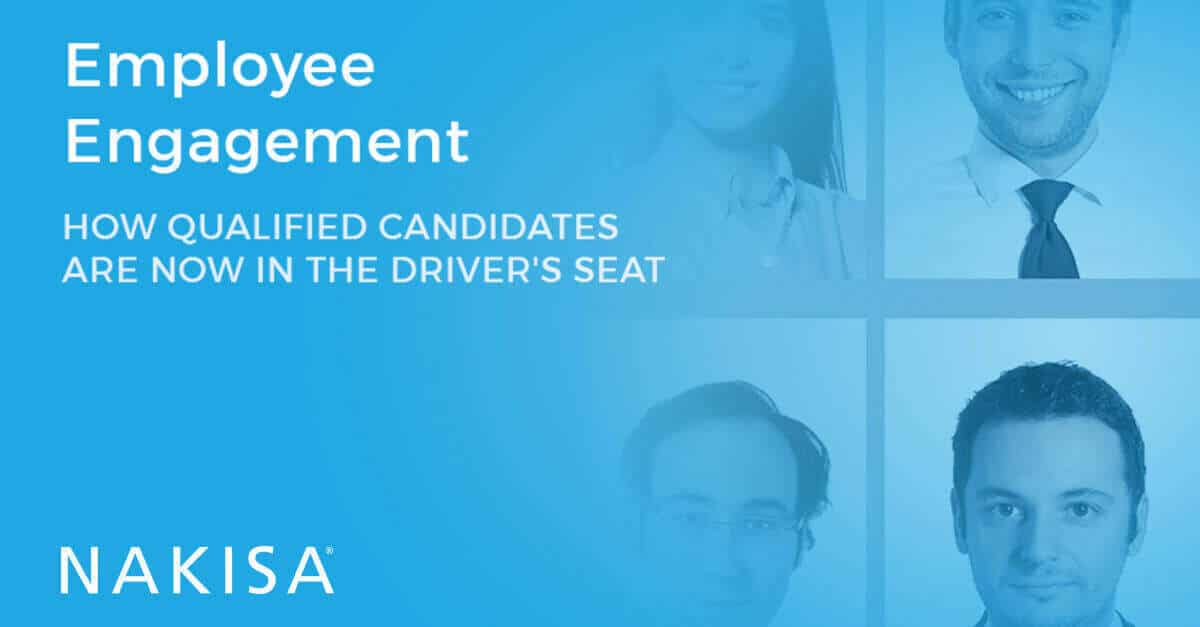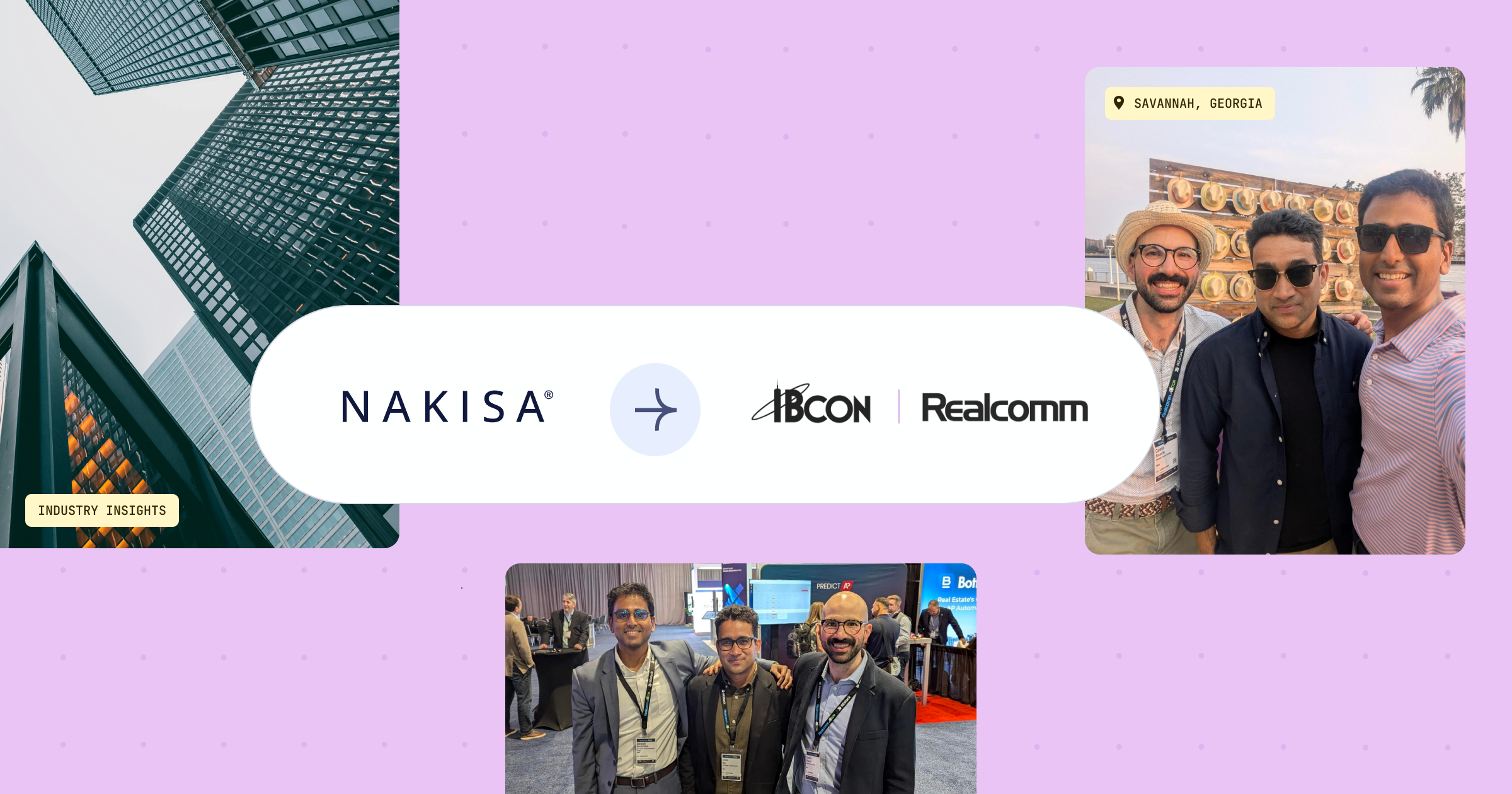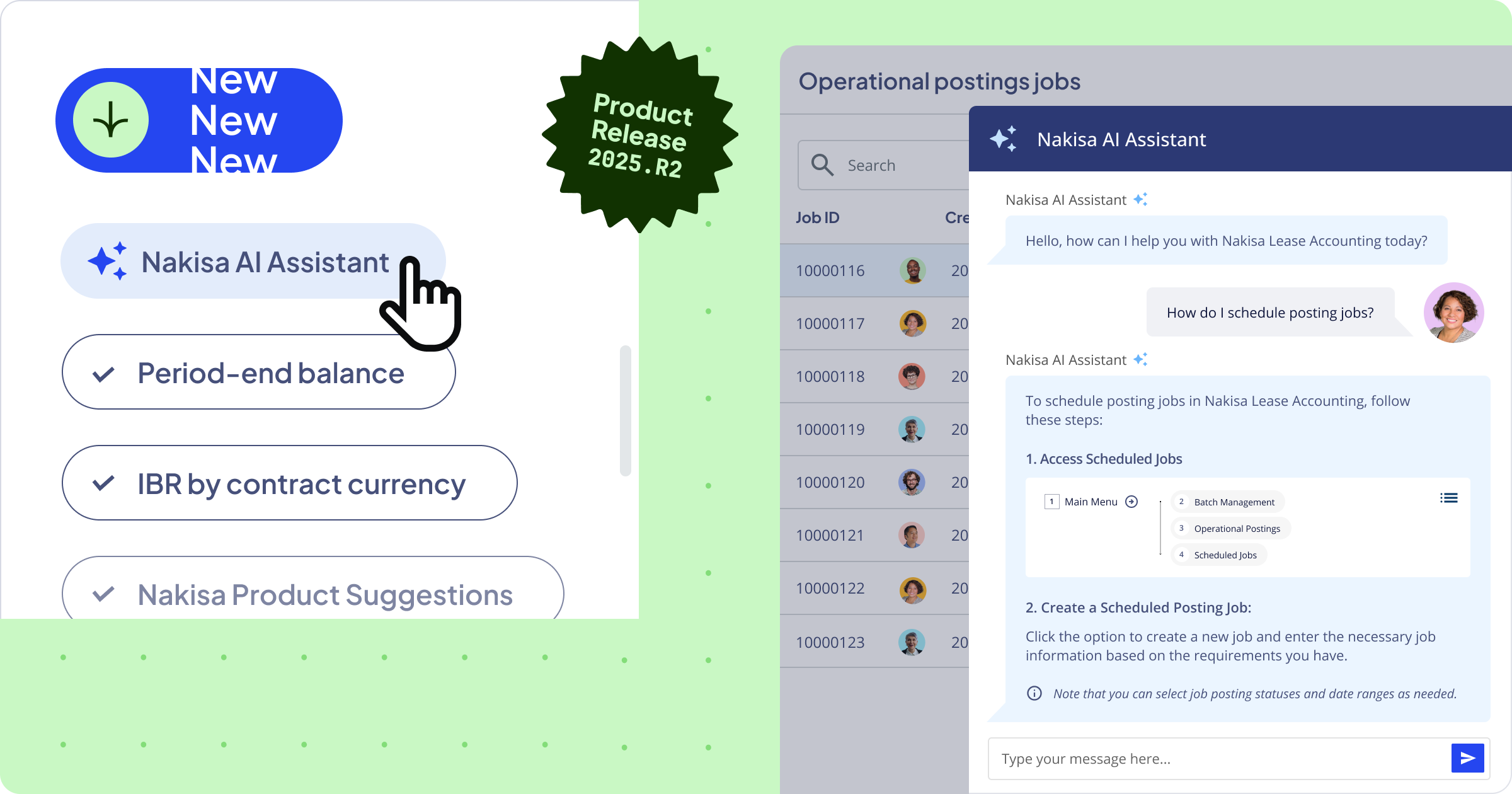The Global labour market is at a turning point Qualified currently employed candidates, not recruiters, are now in the driver's seat.
Workforce risks are set to increase as globalization, multi-generational workforces and competitive pressures take hold across many sectors and industries.
According to Manpower's 10th Annual Talent Shortage Survey, 38% of the employers are having difficulties filling some key positions, the highest percentage since 2007[1].
This means that hundreds of thousands of mission-critical positions are currently available in most of these countries with no one to fill them while an even greater number of less qualified workers are without a job.
The slow economic recovery, combined with the upcoming retirement of the baby boomer generation in the G7 countries and the gap between the market needs and educational systems means employers find themselves having to compete for top talent for some positions.
But the challenge is that this top talent is already employed somewhere else which make recruiting and retention even more difficult. Understand your top talents are now constantly solicited by your competitors dealing with the same challenge so the best recruitment strategy has to start with an even better retention and ultimately engagement one. These have been identified as the Global Hardest Jobs to Fill in 2014: (1) Skilled Trades (2) Engineers (3) Technicians (4) Sales Representatives (5) Accounting & Finance Staff (6) Management / Executives (7) Sales Managers (8) IT Staff (9) Office Support Staff (10) Drivers
So, what can we do?
Surprisingly, more than one in five (22 percent) employers who are experiencing talent shortages are not presently pursuing strategies to address such shortages[2].
Recruitment
Many solutions have been explored from a recruitment standpoint: Consider untapped pools of talents, increase total compensation to allow for better work/life balance, invest more in training, and lower hiring criteria are only a few initiatives that may have been considered innovative 5 years ago, but that are now common practice for most employers when it comes to these hard to fill positions.
Retention and engagement
At the core of your key talent strategy lies your ability to retain and engage them. It starts by building the remarkable (one that they will re-market to their friends) overall experience offered to your employees. Often called Employer Brand and too often seen as essentially a communication challenge, your employer brand is actually the sum of the experiences your employees will be exposed to from their first interaction with your career website, through the interview and on-boarding process, daily interactions with their supervisors up to the exit interview. So, your brand is really your reputation as an employer, and has to be built from the ground up. Your value proposition derives from this reputation you’ve created as an employer and consist on the message you will bring to market to attract potential recruits. Make sure it aligns perfectly with what your current employees think of you as an employer otherwise they will make sure to let the world know it isn’t the case through social media. So ultimately engaged people will not only stay, produce more but will also become your best brand ambassadors when it comes to promoting your company to their friends and potential recruits. A study conducted by Willis Towers Watson[3] has identified what are top 5 engagement drivers: Trust in the leadership, Clear goals and objectives, workload and work/life balance, company reputation and employee empowerment. Each of them should be the focus of constant effort from the entire organization, not only from HR.
When the employee turnover statistics are high in an organization, it is a huge cost for a company. Figures show that the cost of employee turnover will easily reach 150% of the employee’s annual compensation figure. This cost will be significantly higher (200% to 250% of annual compensation) for managerial and sales positions. Several recent studies show that companies that successfully leverage HR analytics and big data will be positioned to outperform their peers in executing their talent strategies. Ensuring your organization is healthy from an HCM perspective can propel it above its competition and secure its growth.
Companies need a solution that can visualize and leverage organizational data to easily assess organizational health and quickly identify opportunities and risks. HR analytics empower stakeholders to view an organization from multiple perspectives. As a result, reducing flight risks (through key performer identification and the creation of bespoke development plans), accelerating retention, and driving engagement.





